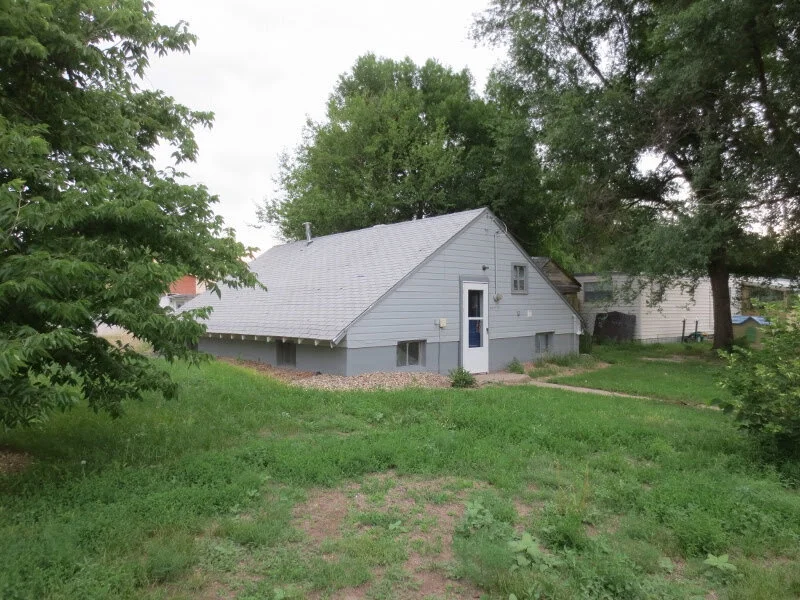Dispatches From Spokane: Introduction
My family and I recently packed up our belongings and moved to Spokane, Washington. Neither my wife nor I have prior history here, which naturally prompts the question: “Why Spokane?” As for many others who make a long distance move, the answer is complicated, but for us it’s a mixture of being closer to family and seeking out opportunity.
As we get to know our new city, it has offered me an opportunity for an intimate look at a new place through a Strong Towns lens. I’ve decided to bring readers along for the ride. In the coming months I will be writing a series of posts with anecdotes about my new home mixed with data, analysis, and commentary about current issues as they relate to the things we talk about at Strong Towns.
Today, we will learn a bit about the history of Spokane and see what lessons we can glean from past experience. To be clear, our focus is on Spokane as a city. This region has been inhabited for millennia, but it wasn’t until the 19th century that a permanent settlement began to take root.
Founding
Like most cities, Spokane started out as a bet—specifically, the kind of bet Strong Towns president Chuck Marohn talks about in his Curbside Chat. In 1873, James Nettle Glover and a business partner purchased the claims to the land around the falls on the Spokane River. They knew the falls could be harnessed for power to operate lumber mills, but they were hoping for an even bigger prize: the Northern Pacific Railroad.
Like hundreds and thousands of “gamblers” across the continent, Glover was willing to take a risk in hopes of reaching a critical mass that would launch the new city into permanence. Unlike hundreds and perhaps thousands of others, his big gamble paid off: the Northern Pacific Railroad came to Spokane in 1881 and the city boomed. This is the year the city was officially incorporated with a population of about 1,000 people.
The growth experienced during this period is probably a little hard to fathom. By 1885 the city counted almost 9,000 residents. By 1890, 19,000 residents. The population continued to grow exponentially, reaching over 100,000 residents by 1910. Think about that: in the time it takes a newborn to graduate high school, Spokane went from a village of less than 1,000 people to a metropolis of 100,000. Two historic photos, from 1895 and 1914, illustrate the change:
A common criticism of Strong Towns that I hear is something along the lines of: “Incremental development is all well and good until you experience double digit growth. There’s just no way to grow that fast in an incremental fashion.” The experience of Spokane says otherwise. Was growth in Spokane fast? Light speed. Was it chaotic? Absolutely. Were there downsides to the process? Undoubtedly. Unlike growth today, the breakneck pace of new development in Spokane was undertaken by many, many individual actors, each making their own small bets, sharing in the success, and creating an enduring, resilient city in the process.
The city would find out just how resilient it was in 1889.
The Fire
The year 1889 brought devastating fires to several cities in the State of Washington. Spokane’s started August 4th and ravaged its bustling downtown. In the end, 32 blocks of the urban core were completely destroyed.
Such destruction would have spelled doom in some places. Once again, Fortune smiled on Spokane. The riches of the nearby mines and timber operations were put to work financing a complete rebuild of downtown. Out of the ashes rose new, taller, sturdier buildings. It’s amazing to me that in this illustration of the city from 1890—only a year removed—there is no visible indication of the devastation:
Have you wondered what would happen if the most important parts of your city burned to the ground? We have. If your city burned, would it have the wealth and civic spirit to rebuild? If Spokane burned to the ground today, would it have the wealth and civic spirit to rebuild? That’s part of what we’ll be exploring in this series.
Boom and Bust
Postcard of Spokane in about 1920
The turn of the century brought another population boom. As noted above, Spokane swelled to over 100,000 people by 1910. This expansion was followed by a period of stagnation. Between 1910 and 1920, growth came to a virtual stop. The US Census records indicate an increase of only 35 people in the entire city during this ten year period!
Most of the 20th Century saw boom and bust cycles for Spokane, though nothing as dramatic as those early years. The city exhibits many of the same characteristics as other American cities: dense urban neighborhoods in the historic core scarred by decay, neglect, and failed attempts at top-down urban renewal; shiny new suburbs built all at once to a finished state without the tax base to pay for long term maintenance and reconstruction; and lately, signs of new wealth finding its way into the central city, with all the opportunities and challenges that has brought to many of its peers.
Together, we will explore the good and bad of this dynamic, vibrant, rapidly-changing city. Thanks for coming along for the ride!
(All images from Wikimedia Commons.)















This interactive map allows you to view just how much space is being wasted in your city (and in the rest of the U.S.) on parking lots.